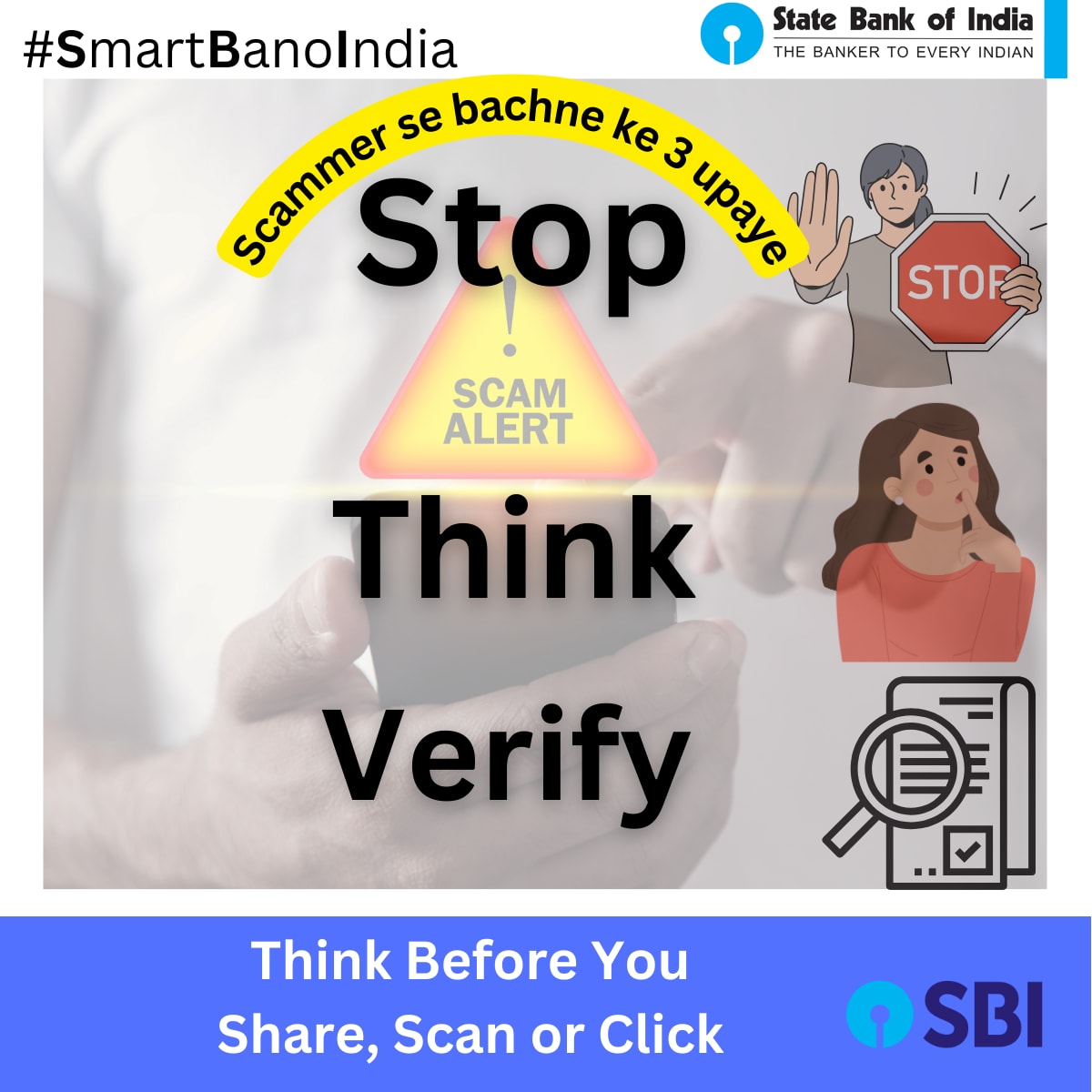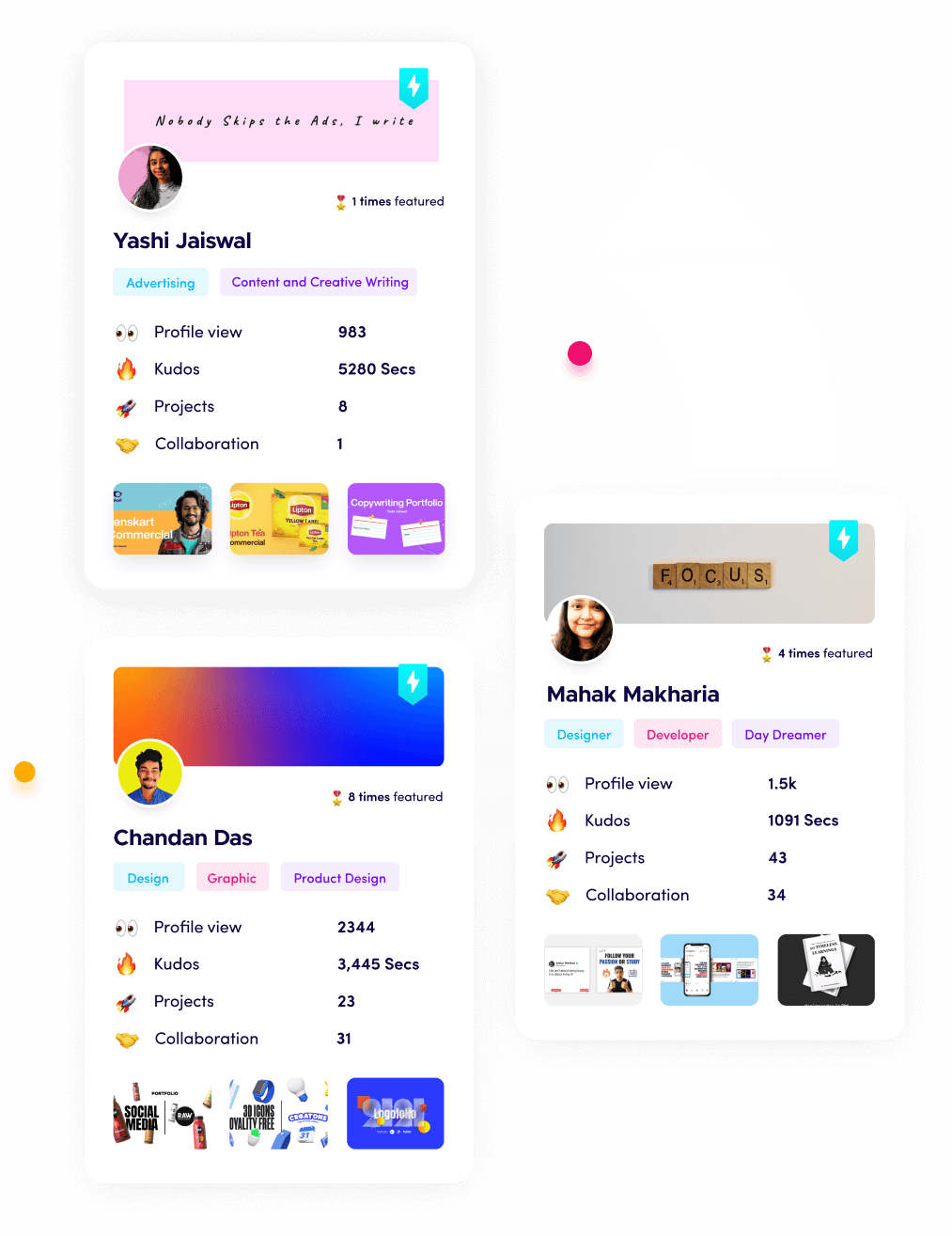SBI Social Media Spec Ads
The Cost of 1 Rupee: How My Aunt #Lost 50,000 Rupees by sending one rupees.
My aunt was on cloud nine when she received a call from a potential buyer interested in purchasing products from her online shop. He placed a large order, and she was on cloud nine. After some time, she sent him the bill.
Everything seemed perfect, right?
But then the story took a dark turn. The buyer sent her a QR code, instructing her to scan and pay just 1 rupee. He claimed he was in the army and needed her to make this tiny payment first so he could use his Army card to complete the transaction. To further gain her trust, he sent copies of an Aadhar card and an army ID.
He worked hard to convince her, saying things like, "We are in the army and serve our country." My aunt thought, "What could be the harm in paying just 1 rupee?"
She scanned the QR code and sent 1 rupee. In that moment, she unknowingly authorized a transaction that drained 50,000 rupees from her account. When she tried to call him back, he had already blocked her number.
Lessons Learned:
Verify Identities: Always verify the identity of the person you're dealing with, especially when large sums of money are involved.
Be Skeptical: If something sounds too good to be true, it often is. Be skeptical of unsolicited requests for payments, even small ones.
Secure Payment Methods: Use secure and verified payment methods. Be cautious when scanning QR codes or clicking on links sent by unknown or unverified sources.
Awareness: Educate yourself and others about common scams and fraud tactics to prevent falling victim to such schemes.
The cost of paying just 1 rupee in this case was 50,000 Rupees.
I have used the same insight to create a Social media post for the State Bank of India. Here is my take on raising awareness about online cybercrime with the State Bank of India
Content and design credit: one & only one is me "Anisha Gupta"
01 Jul 2024








